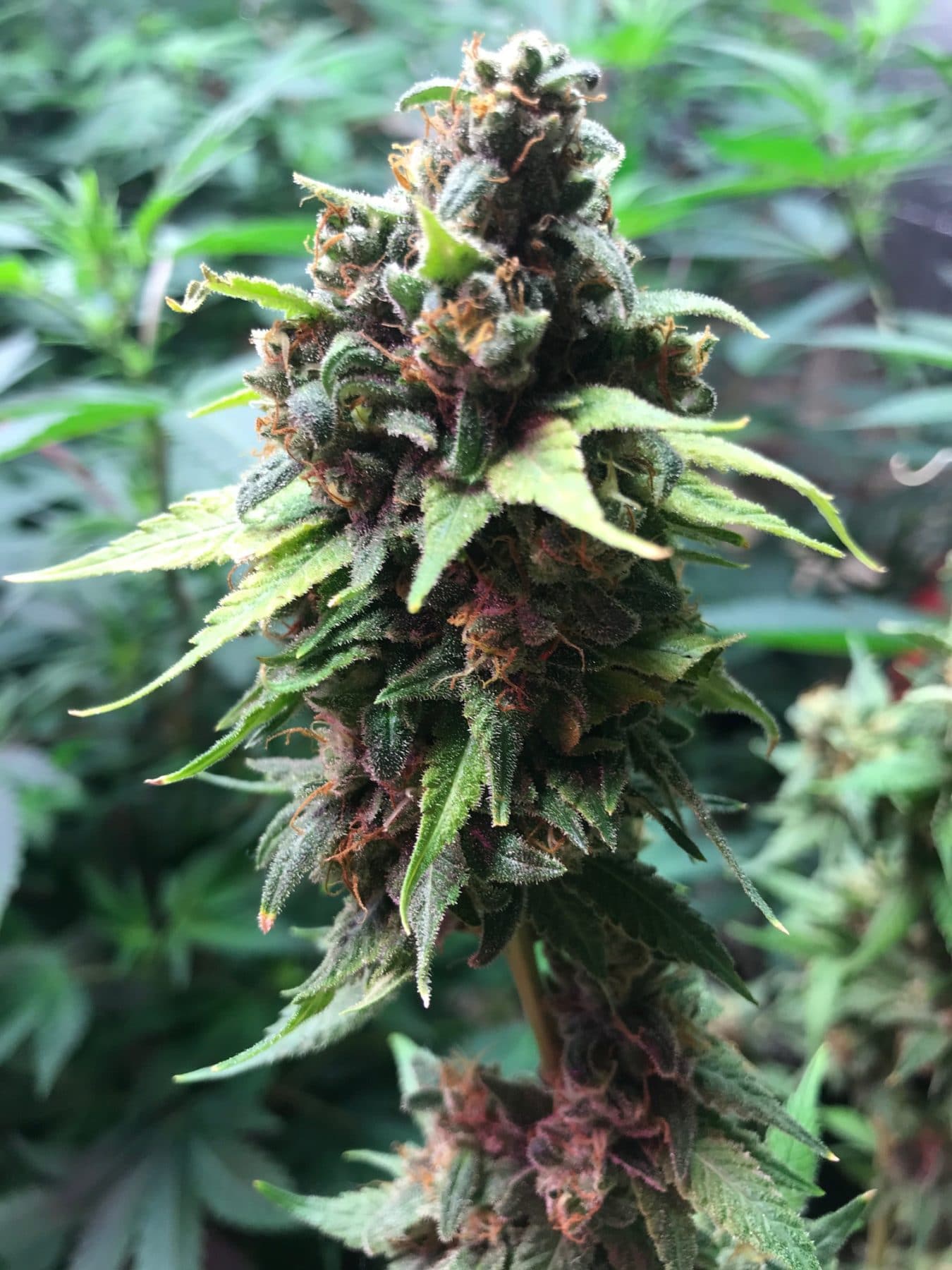Effective Temperature and Humidity Control for Indoor Cannabis Gardens has helped cultivation surge in popularity due to its potential for precise control over environmental factors, leading to higher yields and superior quality.
Among these factors, temperature and humidity play pivotal roles in ensuring optimal growth conditions for cannabis plants. In this article, we’ll delve into the importance of effective temperature and humidity control in indoor cannabis gardens, offering insights and practical tips for maximizing growth and quality.

Understanding the Role of Temperature:
Temperature profoundly influences various aspects of cannabis growth, including metabolic processes, nutrient uptake, and overall plant health. Ideally, cannabis plants thrive in temperatures ranging from 70°F to 85°F (21°C to 29°C) during the day, with slightly lower temperatures of 58°F to 70°F (14°C to 21°C) at night. Consistent temperature levels throughout the growth cycle promote robust vegetative growth and encourage the development of potent buds during the flowering stage.
Factors Affecting Temperature:
Several factors can impact temperature levels within indoor cannabis gardens, such as lighting systems, insulation, ventilation, and external climate conditions. High-intensity lighting, such as HID (High-Intensity Discharge) or LED (Light-Emitting Diode) lights, can significantly elevate temperatures within grow rooms. Therefore, implementing adequate ventilation and cooling systems, such as exhaust fans, air conditioners, or evaporative coolers, becomes imperative to maintain optimal temperature ranges.
Optimizing Humidity Levels:
Humidity, the amount of moisture present in the air, is another critical factor in cannabis cultivation. Maintaining appropriate humidity levels ensures efficient transpiration, nutrient absorption, and defense against pests and diseases. For vegetative growth, humidity levels between 40% to 70% are ideal, while during the flowering stage, humidity should be kept lower, preferably between 40% to 50%, to prevent mold and mildew issues.
Managing Humidity Fluctuations:
Controlling humidity levels can be challenging, especially in environments prone to fluctuations. To address this, growers can utilize various tools and techniques, such as dehumidifiers, humidifiers, and automated environmental controllers. Additionally, optimizing airflow and spacing between plants can facilitate better air circulation, mitigating humidity-related issues effectively.
Integrated Environmental Control Systems:
Investing in integrated environmental control systems offers a comprehensive solution for managing temperature and humidity in indoor cannabis gardens. These systems combine sensors, controllers, and actuators to monitor and adjust environmental parameters automatically. By programming desired set points and thresholds, growers can achieve precise control over their grow environments, optimizing conditions for maximum plant growth and quality.

Strategies for Efficient Temperature and Humidity Control:
1. Proper Insulation: Ensure grow rooms are well-insulated to minimize heat exchange with the external environment, maintaining stable temperature levels.
2. Air Circulation: Install oscillating fans or circulating fans to promote air movement within the grow space, preventing stagnant air pockets and distributing heat and humidity evenly.
3. Light Management: Implementing light movers or adjusting the distance between lights and plants can help mitigate temperature spikes caused by intense lighting.
4. Sealed Environment: Seal grow room entrances and ducts to prevent air leaks, which can compromise temperature and humidity control efforts.
5. Regular Monitoring: Continuously monitor temperature and humidity levels using digital hygrometers and thermometers, adjusting environmental parameters as needed to maintain optimal conditions.

Conclusion:
Effective temperature and humidity control are paramount for successful indoor cannabis cultivation, influencing plant growth, yield, and quality. By understanding the significance of these factors and implementing appropriate control measures, growers can create an optimal growing environment conducive to healthy, vigorous cannabis plants. Whether through manual adjustments or automated systems, prioritizing temperature and humidity management sets the foundation for achieving exceptional results in indoor cannabis gardens.
Please Share This Important Article

 Cannabis News2 years ago
Cannabis News2 years ago
 One-Hit Wonders2 years ago
One-Hit Wonders2 years ago
 Cannabis 1012 years ago
Cannabis 1012 years ago
 drug testing1 year ago
drug testing1 year ago
 Education2 years ago
Education2 years ago
 Cannabis2 years ago
Cannabis2 years ago
 Marijuana Business Daily2 years ago
Marijuana Business Daily2 years ago
 California2 years ago
California2 years ago















